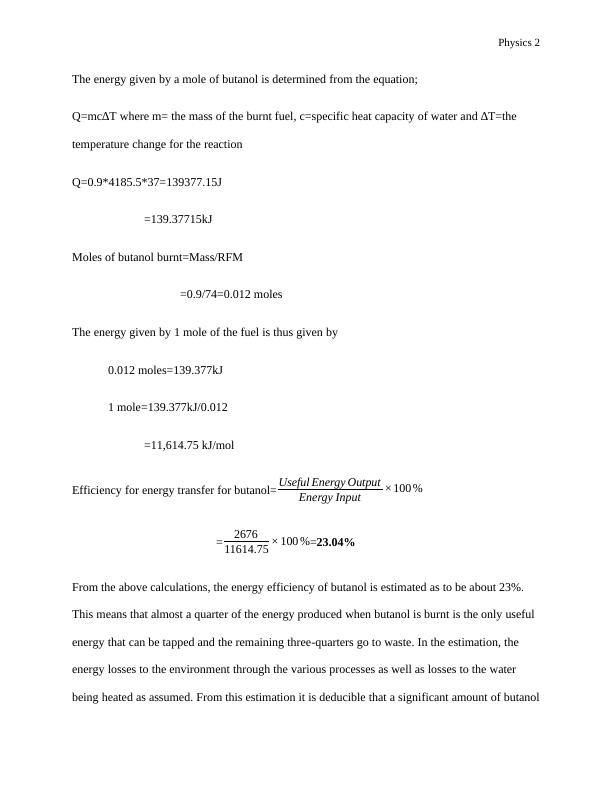Ask a question from expert
Integrated Biochemical Processes for Liquid Biofuels
5 Pages1016 Words120 Views
The College of Haringey, Enfield and North East London
Added on 2020-04-13
Integrated Biochemical Processes for Liquid Biofuels
The College of Haringey, Enfield and North East London
Added on 2020-04-13
BookmarkShareRelated Documents
End of preview
Want to access all the pages? Upload your documents or become a member.

